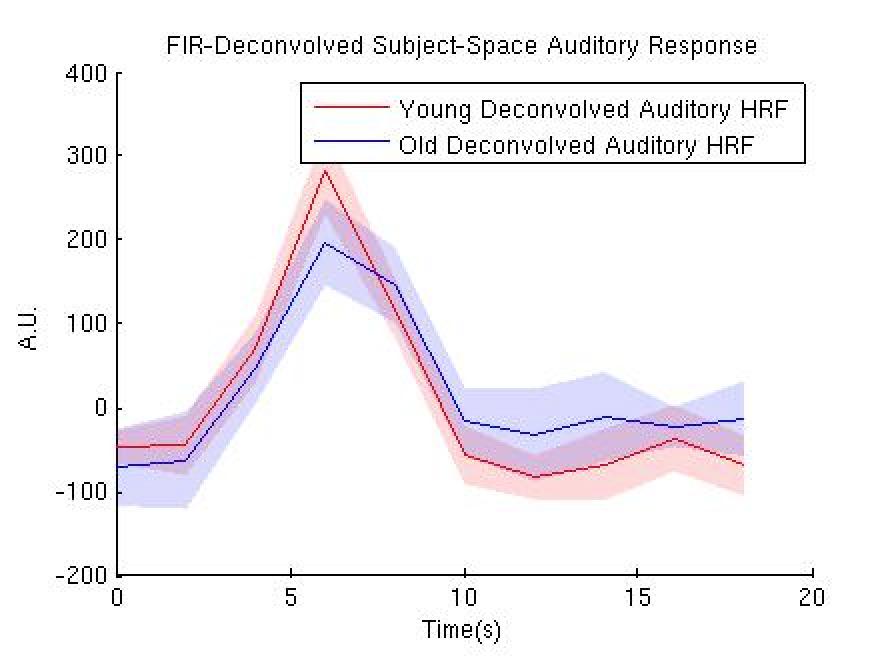Award or Grant: National Institutes of Health (NIH)/National Institute on Aging (NIA) 5R01AG026158
Functional magnetic resonance imaging (fMRI) pre-processing requires urgent attention, particularly given the increasingly complex derivation of functional connectivity-based biomarkers in resting-state fMRI. High scanner and thermal noise, irregular sampling in interleaved slice acquisition, physiological noise, motion and artifactual-related contamination, and inter-subject variability, among other factors, make extracting the bold oxygenation-level-dependent (BOLD) signal from fMRI data a challenge. Furthermore, the interaction between these phenomena somehow makes their optimal correction nearly impossible, which is even more challenging. At the Quantitative Neuroimaging Laboratory (QNL), our goal is to use signal and image processing techniques to optimally extract the BOLD signal from the fMRI data. We have multiple projects tackling different pre-processing pipelines.


